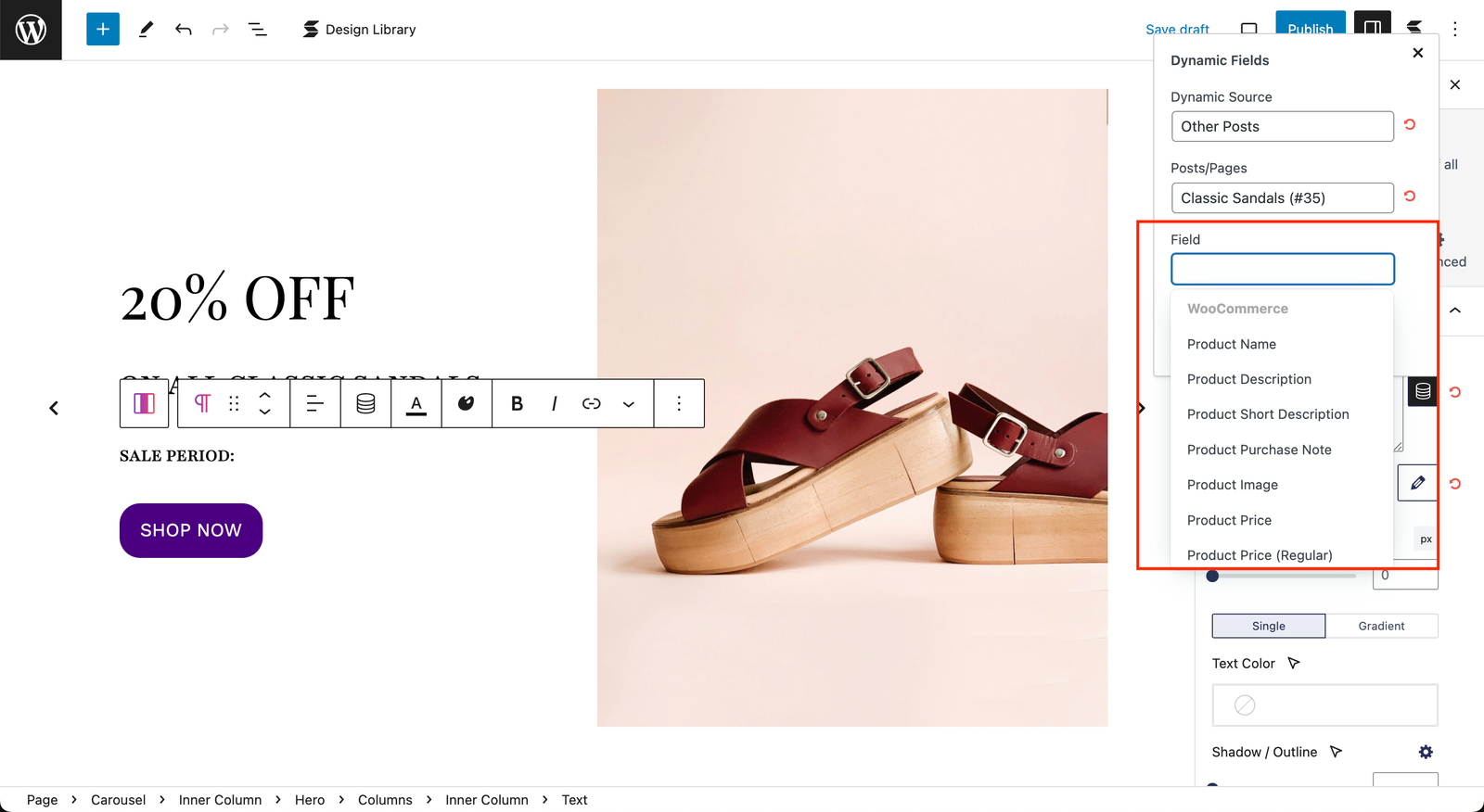Welcome to Web Wonder Network! In this guide, we will walk you through the process of managing your website through the admin panel.
1. Logging In
To access the admin panel, you will first need to click on the link provided to you. This will direct you to the login page. Here, you will need to enter your username and password, which have been previously assigned to you.
Once you log in, your dashboard will open up. The dashboard contains a variety of options, but the two most important tabs are:
- WooCommerce
- Products
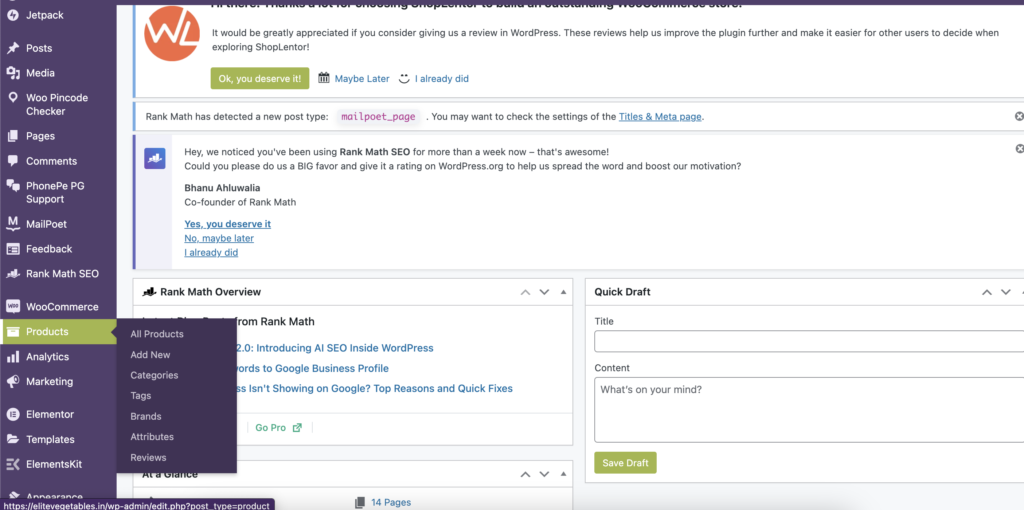
2. Managing Products
Let’s first explore the Products option, which contains several sub-options such as:
- All Products: This section displays all the products listed on your website. When you hover over any product, you will see options to either edit or delete that product.
- Add New: By clicking this option, you can add a new product. Here, you will need to input five key pieces of information:
- Product Title: The name of your product.
- Long Description: A detailed description that explains the product’s features and benefits.
- Short Description: A brief summary of the product, highlighting its key points.
- Main Photo: The primary image that represents your product.
- Gallery Photos: Additional images that showcase the product from different angles or in use.
Additionally, you will need to include Tags, which are primarily used for SEO purposes on Google. You can also select categories for your product, and if you need to create a new category, you can do so from this section.

After entering this information, proceed to the Product Data tab:
- Start by adding the Price. If you wish to display a sale price, enter that as well.
- Next, move to the Inventory section. If you need to manage the product inventory, you can input the Quantity and SKU Number.
- In the Shipping tab, enter the Dimensions and Weight of the product, as this information will be used by your shipping partner, such as Shiprocket, to calculate shipping costs.
The remaining product tabs are not essential at this moment.
Once all the information is entered, you can publish the product. After publishing, it will appear as follows:
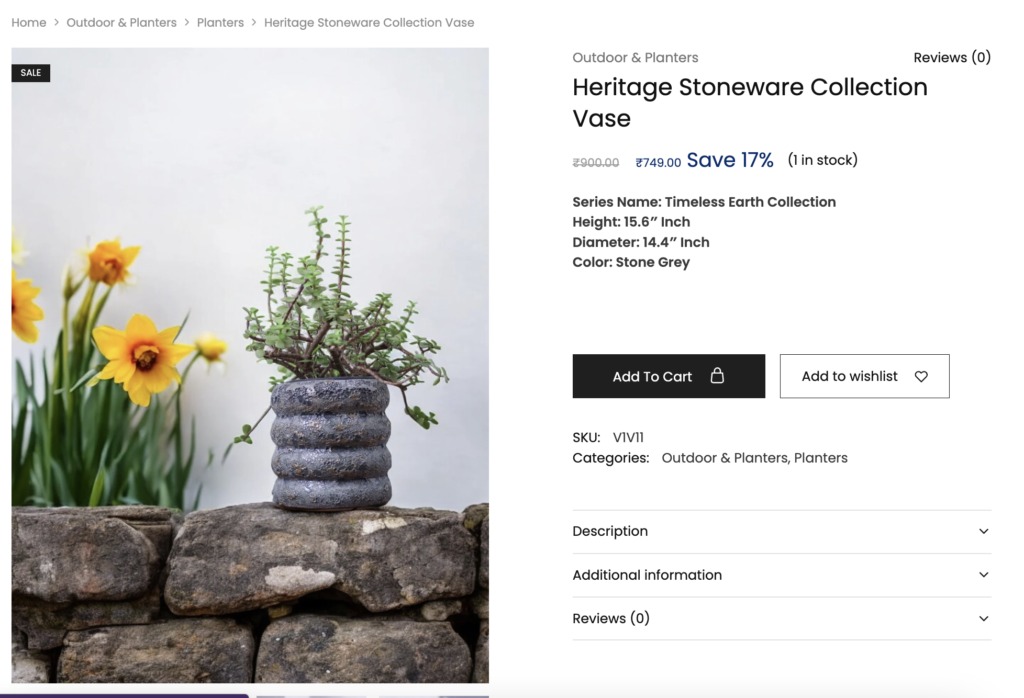
Next, let’s explore the Categories tab for products. Here, you will see existing categories. If you wish to add new categories, simply enter the name in the Add New Category column, and it will be added to the list immediately.
In the Review tab, you can manage all the reviews for your products. You can approve, delete, or edit reviews as necessary.
3. Managing Orders in WooCommerce
Now, let’s move to the WooCommerce tab. Under this tab, you will find the Orders option, where you can view all current and past orders. If no orders are displayed, you can place a test order to see how it works.
Once you place a test order, it will now be visible in the orders section. By clicking on it, you will see the order details. On the left side, the customer’s address and the payment method will be displayed. If the order has been successfully placed, it will show as Processing; if not, it will display as On Hold or Cancelled.
Below on the left side, you can see what the customer has ordered. On the right side, you will find the customer’s history and attributes, which require no further action.
At the bottom right, there is a section for Order Notes. Any information you add here will be emailed to the customer, such as a tracking ID or other relevant information. You just need to select “Note to Customer” from the dropdown menu and add your note.
Once the order is completed, select Order Complete and update the order so that the customer receives a notification about the completion.
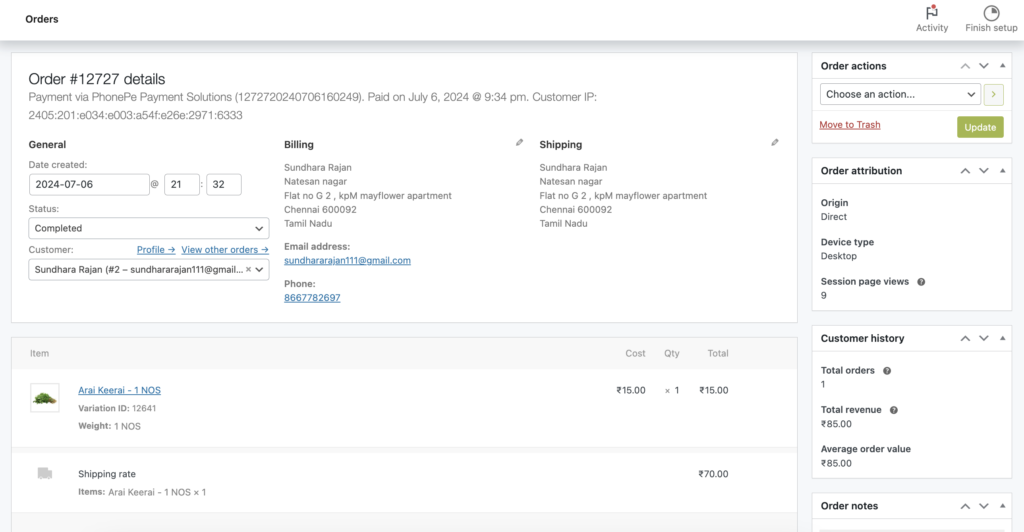
4. Writing Blogs
Next, let’s turn our attention to Blogs. To write a blog, click on the Posts option. Here, you will find several sub-options:
- All Posts: This section displays all the blogs you have written so far.
- Add New: Clicking this will open a new page where you can create a new blog post.
- Categories: You can add or remove categories for your blog posts. It’s important to note that these categories are specifically for blog posts and not for products.
- Tags: Similar to products, tags help categorize your blog content for better visibility.
To create a new blog, click on Add New. This will open a page where you can write your article using headings, paragraphs, and text. On the right side, you can click on Featured Image to add the main image for your blog.
Once your blog is complete, click Publish. After publishing, the blog will appear as follows:
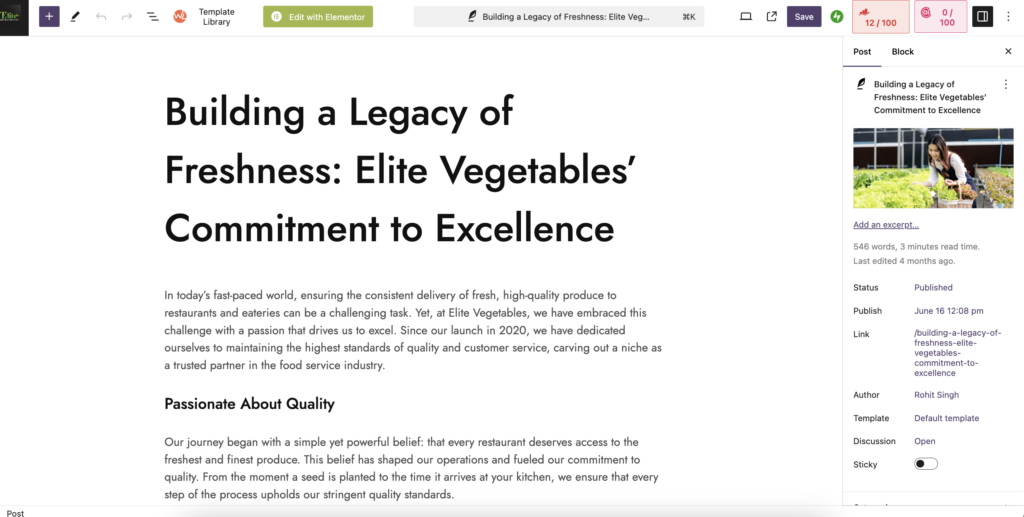
Conclusion
At the end of this video, we would like to emphasize that we have covered all the essential aspects of managing your website. Please refrain from making changes to other settings, as it could potentially harm your website’s functionality. For now, manage your website from these sections.
Thank you for choosing to work with Web Wonder Network!SearchSearch

